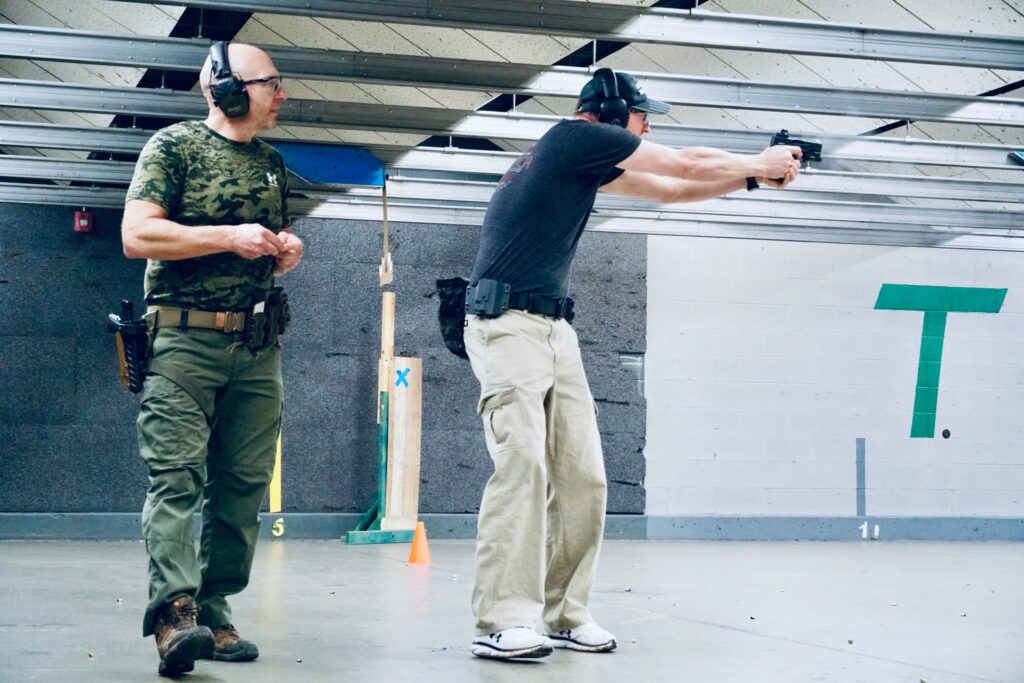Understanding Augmented Reality (AR)
Augmented reality overlays digital information onto the real world. Think of the popular game Pokémon Go, where digital creatures appear on your phone screen as if they’re in your actual surroundings. Or imagine trying on glasses virtually before purchasing them online, seeing them digitally superimposed on your face through your phone’s camera. AR enhances our perception of reality by adding digital elements to it. This technology is often accessible through smartphones, tablets, and even specialized glasses, making it relatively user-friendly and widely available.
Exploring Virtual Reality (VR)
Virtual reality, on the other hand, creates entirely immersive, simulated environments. Instead of adding to reality, VR replaces it. You wear a headset that blocks out the real world and immerses you in a computer-generated space. This can range from exploring fantastical worlds in video games to attending virtual conferences or receiving medical training in a safe, controlled environment. VR requires more specialized equipment, generally a headset and sometimes hand controllers, making the initial investment higher than for AR.
AR’s Everyday Applications: From Shopping to Navigation
AR is already making its mark on everyday life. Shopping apps use AR to let you visualize furniture in your home before buying it, eliminating the guesswork. Navigation apps overlay directions onto a live view of your surroundings, making it easier to find your way. Even museums use AR to enhance exhibits, providing interactive elements and additional information about artifacts. The accessibility and relatively low barrier to entry of AR technologies are fueling its rapid adoption across diverse sectors.
VR’s Potential in Specialized Fields: Healthcare and Training
While AR is finding its place in everyday life, VR’s immersive nature makes it particularly well-suited for specialized fields. Surgeons can practice complex procedures in virtual environments before operating on real patients. Pilots can undergo flight simulations to improve their skills without the risks involved in real-world flying. VR offers unparalleled opportunities for realistic training and simulations across various industries, improving safety and effectiveness.
Comparing the Technologies: Accessibility and Cost
A key difference lies in accessibility and cost. AR is readily accessible through smartphones, making it significantly cheaper and easier to adopt than VR. VR requires more expensive hardware, potentially limiting its widespread adoption in consumer markets. However, the cost of VR equipment is gradually decreasing, making it more accessible to a wider audience.
The Future of AR and VR: Convergence and Innovation
The future likely holds a convergence of AR and VR technologies. We might see mixed reality (MR) experiences that blend the real and virtual worlds seamlessly. Imagine collaborating with colleagues on a 3D model, each person viewing and manipulating the model in their own space but all interacting within the same virtual environment. This integration of AR and VR capabilities will create even more powerful and immersive experiences.
AR’s Advantages: Convenience and Wide Applicability
AR’s strength lies in its convenience and wide applicability. Its accessibility through smartphones and tablets means it’s readily available to a vast audience. Its ability to overlay information onto the real world makes it useful across diverse applications, from gaming and shopping to education and navigation. The relatively low cost of entry encourages broader development and innovation.
VR’s Advantages: Immersiveness and Training Potential
VR’s immersive nature offers unparalleled opportunities for realistic training and simulations. This is particularly valuable in fields where real-world training is costly, dangerous, or impractical. The potential for VR to revolutionize healthcare, education, and other specialized fields is enormous. The intense immersion it provides allows for more impactful learning and skill development.
The Verdict: Both Technologies Have Transformative Potential
Ultimately, both AR and VR have the potential to transform our world. AR is already changing how we interact with our surroundings, making information readily available and enhancing our everyday experiences. VR is poised to revolutionize training, education, and other specialized fields. The future will likely see both technologies continue to evolve and converge, creating even more innovative and immersive experiences that we can only begin to imagine. Learn more about augmented reality vs. virtual reality here.





:max_bytes(150000):strip_icc()/GettyImages-1084171152-8445a490b5894f0a9bb588dbfc2ac22d.jpg)



![Experience Reality, Enhanced Introducing [Software Name] Experience Reality, Enhanced Introducing [Software Name]](https://images.unsplash.com/photo-1714646184766-faf1cb4efbd6?fm=jpg&q=60&w=3000&ixlib=rb-4.1.0&ixid=M3wxMjA3fDB8MHxzZWFyY2h8MTB8fGF1Z21lbnRlZCUyMHJlYWxpdHklMjBzb2Z0d2FyZXxlbnwwfDB8MHx8fDI%3D)




